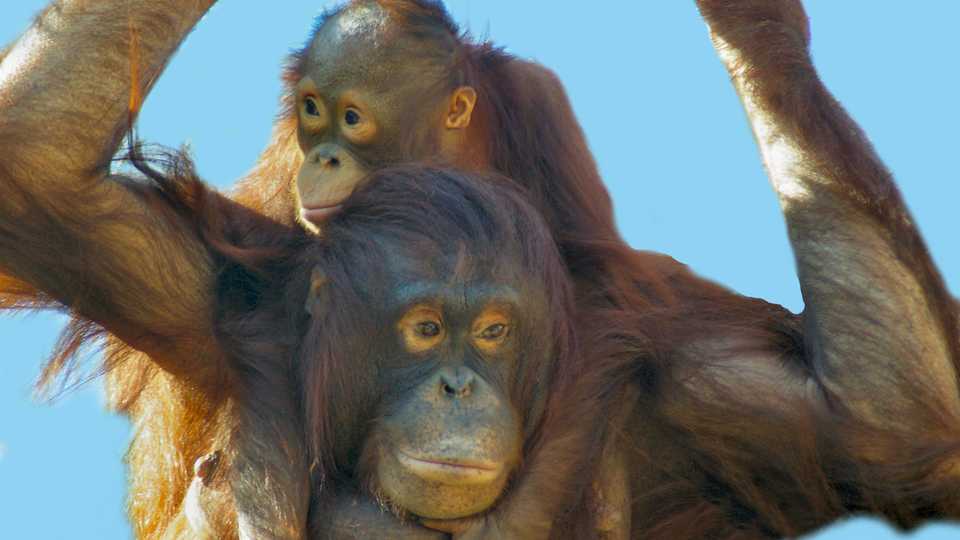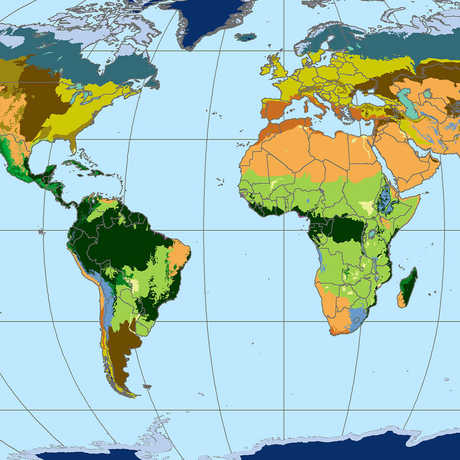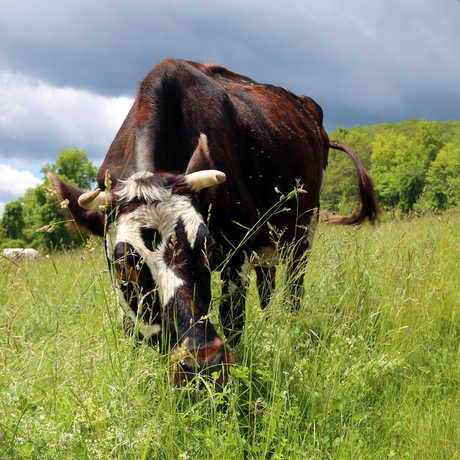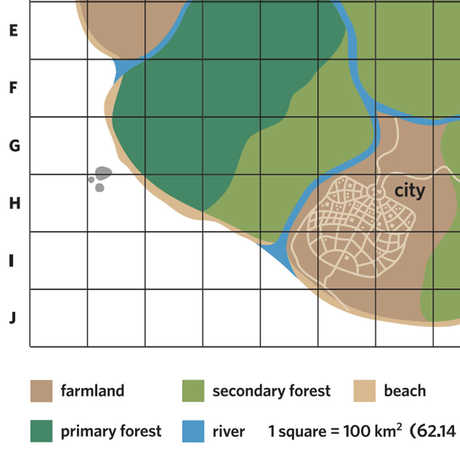The Dodo (February 17, 2014). Girl Scouts Demand Sustainable Palm Oil for Cookies to Save Orangutans. Retrieved May 7, 2015 from https://www.thedodo.com/girl-scouts-demand-sustainable-433365522.html
Encyclopedia Britannica. (September 10, 2014). “Primate.” Retrieved October 15, 2014, from http://www.britannica.com/EBchecked/topic/476264/primate
Luke Price. Jungle. Sarawak, Borneo, Malaysia. June 27, 2014. flickr.com. Retrieved August 21, 2015 from https://www.flickr.com/photos/lukeprice88/14766487031/
Project Orangs. Girl Scouts Demand Sustainable Palm Oil for Cookies to Save Orangutans. Retrieved August 21, 2015 from http://projectorangs.org/.
Rainforest Rescue. (2014). Palm Oil: Facts about the ingredients that destroys the rainforests. Retrieved May 7, 2015 https://www.rainforest-rescue.org/files/en/palm-oil-download.pdf
Union of Concerned Scientists. Infographic: Palm Oil and Tropical Deforestation. Retrieved August 21, 2015 from http://www.ucsusa.org/global_warming/solutions/stop-deforestation/palm-oil-infographic.html#.VdYXSJdSX39
Vincentraal. DSC_2331.jpg. Taken on May 14 2009. flickr.com. Retrieved August 21, 2015 from https://www.flickr.com/photos/vincentraal/8150208448/in/album-72157631903852569/
Lael K. Goodman & Asha R. Sharma. Fries, Face Wash, Forests. Scoring America’s Top Brands on Their Palm Oil Commitments. April 2015. http://www.ucsusa.org/sites/default/files/attach/2015/04/ucs-palm-oil-scorecard-2015.pdf
World Wildlife Fund. (January 2, 2008). Orangutan Plan to Curb Carbon Emissions. Science Daily. Retrieved February 15, 2008 from http://www.sciencedaily.com/releases/2007/12071213204034.html



